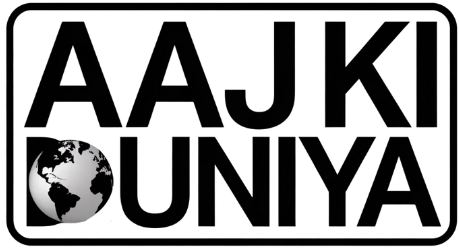India on Thursday said it has been in touch with China on the issue of rare earth magnet supply, as Beijing has imposed restrictions on their exports.
This is the first time that the Indian government has officially acknowledged raising the matter with China, at a time when Delhi and Beijing are working towards normalising the relationship after six years of border standoff.
Responding to questions, MEA official spokesperson Randhir Jaiswal said, “On rare earths, yes, we have been in touch with the Chinese side both in Delhi as also in Beijing and we are talking to them as to how we can streamline the supply chain issue on rare earths.”
“We are in touch with the Chinese side on several economic issues and trade issues as and when anything is required to be done,” he said.
China, which controls over 90% of global processing capacity for the magnets used for automobiles, clean energy and home appliances, enacted restrictions in April requiring companies to obtain import permits from Beijing.
China’s export curbs — meant as a response to US President Donald Trump’s tariffs — is likely to impact car manufacturers worldwide.
The Society of Indian Automobile Manufacturers (SIAM), an industry group, has sought the Indian government’s intervention.
Story continues below this ad
While rare earth magnets are a crucial component in electric vehicle motors, they are also required for parts like power windows and audio speakers used in petrol or diesel-run cars.
And though the measures imposed by Beijing are meant to focus on high-performance exports, shipments of low-end magnets are also being held up at ports due to confusion around implementing the restrictions.
India’s auto sector imported 460 tons of rare earth magnets, mostly from China, in the fiscal year ending March 31 and expects to import 700 tons worth $30 million this year, according to industry estimates.
Sources said that the industry bodies and companies had raised the issue with the commerce ministry, and that had been escalated to the Chinese.
Story continues below this ad
On April 2, Trump unveiled his policy of reciprocal tariffs, targeting most of America’s trading partners. Two days later, China responded by announcing a 34% tariff on all US imports, while also placing export restrictions on rare earths.
Following the restrictions in April, China’s exports of rare earth magnets fell sharply in May. The framework agreed to by the US and China also involves the easing of rare earth supplies.
Critical minerals and rare earth elements, which are used across several key sectors, ranging from electronics to renewables, automobiles and defence, are increasingly playing a vital role in the economy. For instance, lithium, nickel and cobalt are used in lithium-ion batteries. Dysprosium and neodymium, and tellurium, indium, and gallium are used in wind turbines and photovoltaic cells respectively.
As per the International Energy Agency, China accounts for a 35% share in the refining of nickel, 50-70% of lithium and cobalt and around 90% for rare earth elements. China not only dominates the production of rare earths, but also has the most reserves. As per data from the US Geological Survey, the country’s reserves have been estimated at 44 million metric tons. Brazil’s reserves have been pegged at 21 million metric tons, India’s at 6.9 million, Australia’s at 5.7, Russia’s at 3.8 million and Vietnam’s at 3.5 million.
Source link
[ad_3]
[ad_4]

